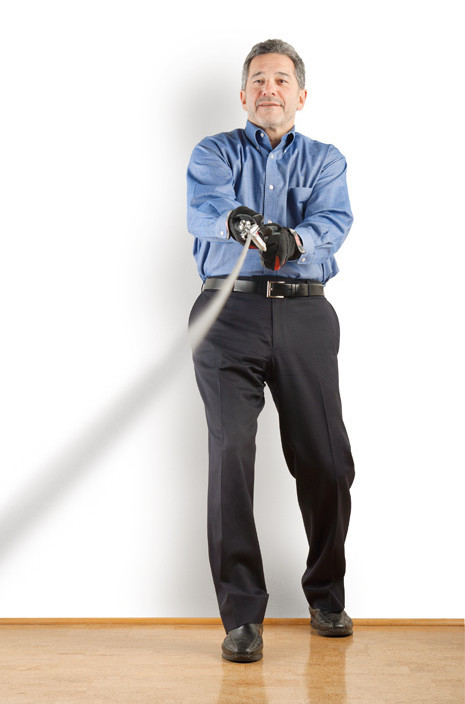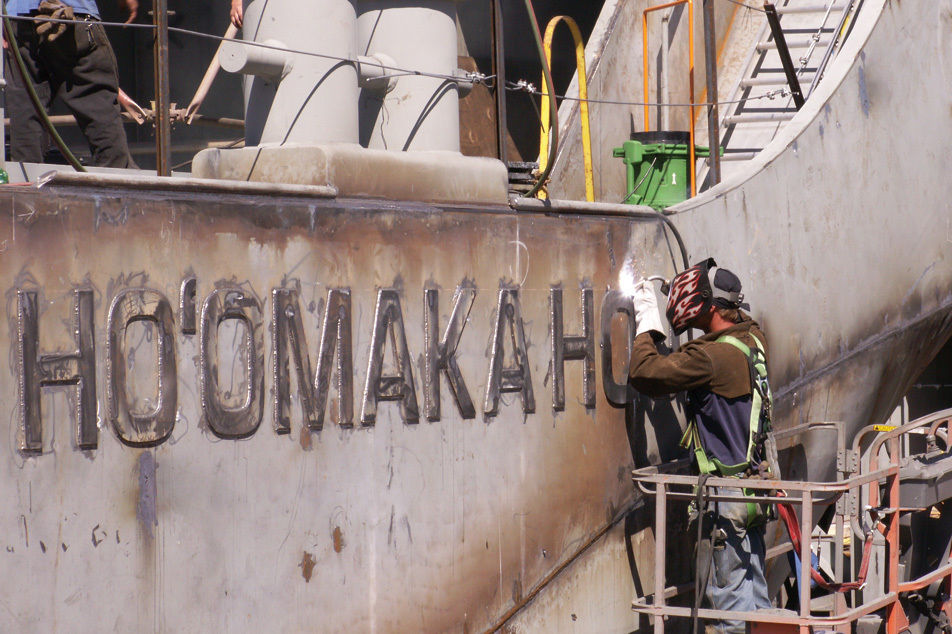Cable Guy

Image: Michael Schmitt
In 2011, Warn Industries confronted the proverbial “good” problem. The Clackamas maker of heavy-duty winches and other off-road driving gear dominated its field. As premium products within a global car gadgets industry that, by one estimate, could exceed $336 billion by 2015, Warn’s winches enjoyed a muscular reputation among off-roaders, towing professionals, and the military. It was even still making designs with elements dating to 1959, when tinkerer Arthur Warn began selling a rugged drivetrain housed in an asymmetrical body to recreationalists and ranchers.
Consistency, in a way, was the problem. “Our winches last forever, which is good for our brand but terrible for sales,” says John Stransky, who took the helm as Warn’s president in 2011.
Stransky came to Warn after a career in the seemingly unrelated fields of fitness, billiards, and bowling supplies. He’d shown he could reinvigorate a “mature” industry with new products: bad bowlers can thank him for introducing the inflatable bumpers that can eliminate gutterballs. He soon applied similar thinking to freshen up Warn’s product line.
“New products are the lifeblood of growth.”
—John Stransky
“We thought our customers would appreciate something aesthetic,” Stransky says.
In November, Warn debuted sleek new Zeon winches at a major Vegas trade show. The Zeon discarded Arthur Warn’s original off-kilter look in favor of symmetrical housing containing a reengineered motor and gears. The device operates with a sexy purr. (“The softer sound connotes higher quality,” Stransky says.) Like the company’s classic winch, the new model can drag heavy loads over nasty terrain. The basic aim is to instill product lust in old and new customers alike.
Stransky is also intent on hitching the Clackamas company’s efforts—and the careers of its 500 or so engineers, designers, manufacturing workers, and other employees—to the world’s up-and-coming economies. While Warn products are already available in 70 countries, overseas sales account for only about 30 percent of the company’s current business. “For off-roading, you need a society with expendable income,” Stransky says. “The opportunity is where more people are driving and need to get out of trouble.” Emerging markets in Eastern Europe and Africa figure prominently in his plans.
Before winches, Arthur Warn patented wheel-locking hubs to convert World War II jeeps for peacetime highway use. That design also survived almost unchanged—which suggests the next move on Stransky’s mind.
“I’ll give you a hint,” he says of what Warn may soon unveil. “The hubs need updating.”




